



Real Food Green Living
ANNIE CORRIGAN
with Daniel Orr
THIS BOOK IS A PUBLICATION OF
Indiana University Press
Office of Scholarly Publishing
Herman B Wells Library 350
1320 East 10th Street
Bloomington, Indiana 47405 USA
iupress.indiana.edu
2017 by WFIU/RTVS
All rights reserved
No part of this book may be reproduced or utilized in any form or by any means, electronic or mechanical, including photocopying and recording, or by any information storage and retrieval system, without permission in writing from the publisher. The Association of American University Presses Resolution on Permissions constitutes the only exception to this prohibition.
Manufactured in China
Library of Congress
Cataloging-in-Publication Data
Names: Corrigan, Annie, author. | Orr, Daniel, author.
Title: Earth eats : real food green living / Annie Corrigan with Daniel Orr.
Description: Bloomington : Indiana University Press, [2017] | Includes index.
Identifiers: LCCN 2016044788 (print) | LCCN 2016054907 (ebook) | ISBN 9780253026293 (pbk.) | ISBN 9780253026934 (e-book)
Subjects: LCSH: Natural foods. | Local foods. | Sustainable living. | LCGFT: Cookbooks.
Classification: LCC TX369 .C667 2017 (print) | LCC TX369 (ebook) | DDC 641.3/02dc23
LC record available at https://lccn.loc.gov/2016044788
1 2 3 4 5 22 21 20 19 18 17

Contents


Preface
What is local food?
Weve been exploring this question since Earth Eats aired its first episode and posted its first recipe in January 2009. Chef Daniel Orr shaped our local food platform in those early days by preparing recipes that featured seasonal ingredients grown by Indiana farmers. For some of my favorite episodes, he brought the local all the way home to his mothers front-yard garden in Columbus, Indiana. We collected knotty apples from an apple treethe uglier the better, he saidand watched him slowly transform fruit that would never be featured at grocery stores into the most delicious apple butter.
As Earth Eats grew, we brought the local to more people. We learned that home cooks had been champions of local food since long before wed launched the program, so we welcomed food bloggers to our website. We were eager to provide a platform for home cooks and chefs to share space and discuss the food local to their areas. Now, we could hear about the Stephanie Weavers version of local in San Diego. Natalie Rae Good offered seasonal ideas from Brooklyn. And we could compare Dianne Venettas food life in Florida to Heather Tallmans in southern Indiana. These bloggers are the heart of Earth Eats, and Im proud to include their voices alongside those of professional chefs and farmers in this book.
We will never be completely local. Lets face it: a southern Indiana source of olive oil is probably not on the horizon. With each new episode, and in editing this book, weve tested the limits of the idea of local eating. I think all the contributors would agree that we try to stay true to our current definition of local food: food grown close by, picked fresh, and prepared in your kitchen.
Earth Eats has grown from a weekly five-minute recipe-focused piece to a thirty-minute radio show and podcast that includes news and interest stories. On our website, we also feature content from more than a dozen contributors. This book is an exciting addition to our work. Thanks to everyone who was with me in the beginning, especially Adam Schweigert, Eoban Binder, Yael Ksander, and David Wood. And thank you to WFIU-Bloomington for supporting this program and encouraging its growth over eight years.
Lets see where local food takes us in the next eight.
Annie Corrigan


spring


Ready, Set... Grow! Beginners Guide to Gardening
DIANNE VENETTA
Planting time is one of the best times in the garden, second only to harvest.
Sowing seeds is a wonderful step in the process because its filled with the thrill of anticipation, a dash into uncharted territory, and the belief that all things are possible.
You are the master of your garden. You control what grows where and when. You are ultimately responsible for the success or failure of the plants in your garden. Mother Nature does this all the time, but now its your turn to play a more proactive role.
THE PERFECT LOCATION
First things first, you must determine a spot for this wonderful new adventure of yours. Youll need a sunny location for your garden. That is, unless you live in an especially sundrenched part of the world. Ive learned from experience that a little shade break during the afternoon in a hot, sunny climate can do your plants some good. Too much sun can quickly deplete your soil of moisture, burn your plants leaves, and generally stress the entire system. Sure, you watered it for an hour this morning, but in places like Florida and Texas where the sun shines hot, by 3:00 pm your plants are acting as if theyd forgotten that they received their daily dose of water.
And speaking of watering your plants, be sure to select a spot close to your water source.
WHICH BED IS BEST
Youll want to determine whether your beds will be inground or aboveground. Raised garden beds can ease the pain in your back, but youll have to build them. Inground gardens require more weeding, which can also be backbreaking work. Be sure to kill the grass before you begin. The roots will lose their grip after theyve died.
Veggies like soft, yet dense soil, with good moisture retention and a rich organic lining. They also prefer a nice deep cushion of 812 inches, ensuring that their roots have plenty of space to spread out and spread deep.
Whatever you do, dont skimp on the mulch. Once you have sprouts, youll need it to keep the weeds to a manageable level no matter which method of gardening you choose. Organic mulch serves a dual benefit. It prevents weeds, and it eventually becomes a source of nutrients for your plants as it breaks down into the soil.
Next page

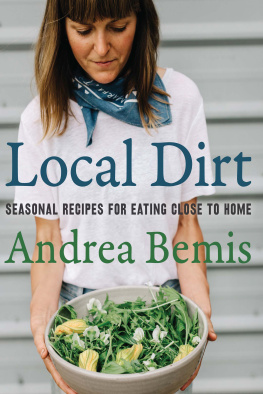

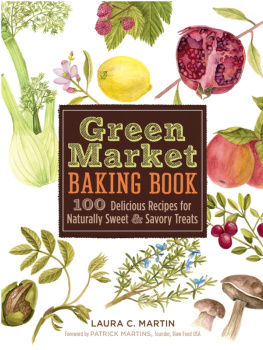
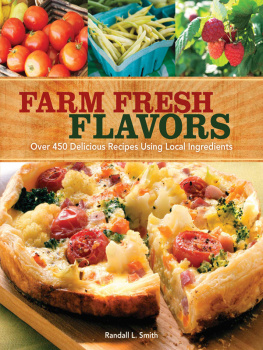
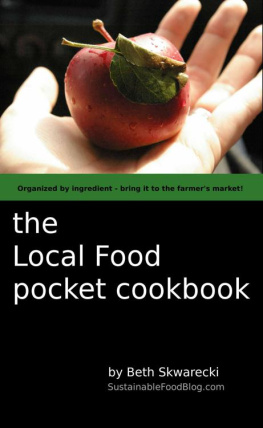
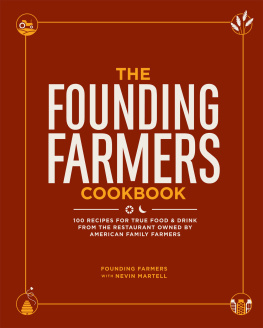









 Ready, Set... Grow! Beginners Guide to Gardening
Ready, Set... Grow! Beginners Guide to Gardening